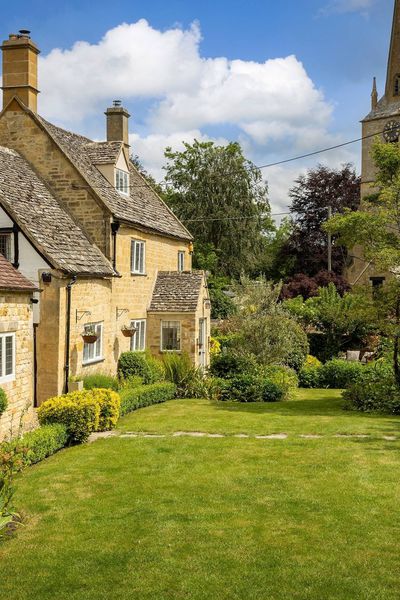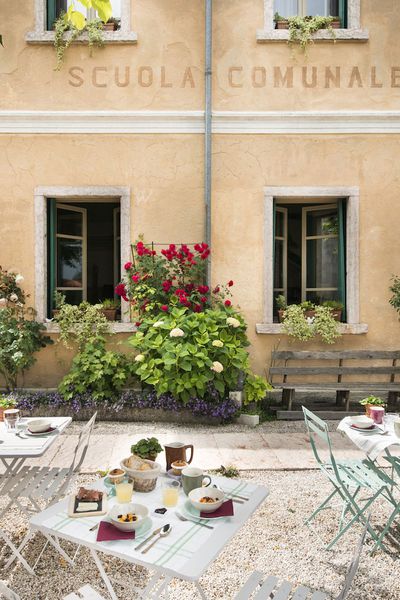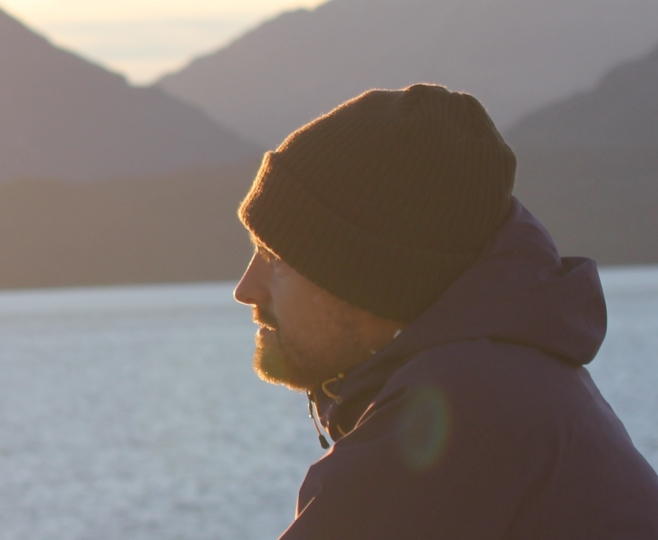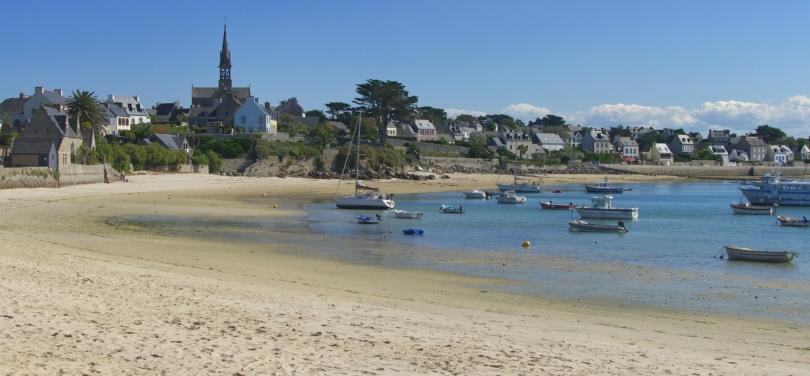
The breadth of Brittany calls to us all for different reasons. Even if you take only the beaches and the food, there are so many ways and places to explore and experience a region that combines the scenery of Cornwall with the food of France.




Our eventual destination was Quimper and, even though it’s only a few hours west, we put in a stop at Cap Fréhel’s Hotel le Manoir Saint Michel, stretching out on the sun loungers and forgetting about travel for the rest of the day. At the tip of the peninsula there’s a lovely walk to where the lighthouse overlooks jagged cliffs, and we grabbed the last of the sun standing on the heather-strewn moorland. If you fancy it, you can also climb the tower of Fort La Latte, a half-ruined castle somehow clinging on to the cliff.
The next day we moved on to Quimper, down in the southwest corner of Brittany, at a leisurely pace. The town makes a lot of its Breton heritage, and we nosed around the traditional costumes in the Musée Départemental Breton before standing and marvelling at the twin spires of the cathedral. I’d been resisting the urge to eat a crêpe before we got to Quimper, because it’s the home of my favourite crêperie, Au Vieux Quimper, where I promptly broke my duck with some enthusiasm. Although I love Quimper, we stayed out of town to the south, where there are some wonderful places hidden in hundreds of acres of parkland. It gave us the perfect balance of countryside quiet with easy access to town in one direction, but plenty of those beautiful Brittany beaches in the other.
Explore all of our places to stay in and around St Malo >
The Quiberon Peninsula with Chris Wilson-Elmes
Although we were heading to Brittany to be by the sea, we ended up staying a little inland, near the city of Pontivy, for reasons of availability and price. I’d wondered if this would slightly take away from the trip but ended up feeling that it had added an enormous amount. We had a beautiful, spacious, quiet gîte with our own boule court and pool (shared with a house which had no guests during our stay) for the price that tiny apartments on the coast would have cost us. There was a local bakery that sold the biggest, butteriest croissants I’ve ever tasted, and we hit a different beach almost every day, driving from 30 minutes to an hour. While it was lovely to dig our toes into the sand wherever we ended up, and one spectacular island trip nearly won us over, our hearts went to Quiberon.
The Quiberon Peninsula trails off the south coast of Brittany to the west of the Gulf of Morbihan. Despite being only a few miles across, the sea is wildly different on its two coasts. On the western side, known as the Côte Sauvage, crashing waves thump the sand and swimming is prohibited due to the strong currents, although you’ll see plenty of people, especially surfers, merrily ignoring the ban. On the eastern side, people bob lazily in millpond waters as paddle boarders drift idly round the bays.




The eastern side is also far more developed, and we quickly established a routine in the course of a few visits. We’d head down to the peninsula, stop in a town (St Julien was our favourite) and raid the market for lunch supplies, then find a cove on the west coast and settle in for the morning. After we’d picnicked, paddled and napped for a bit, we’d take ourselves over to the east side for an afternoon drink, often a Breton hot chocolate, which was mad in the hot weather, but irresistibly covered in salt caramel and biscuits.
The key to this routine was getting up early, which we managed thanks to having a one-year old with us, but would recommend even to those who still know what a lie-in feels like. Our hosts reliably informed us that French holidaymakers rarely go to the beach before mid-morning, but that the eleven o’clock rush makes the traffic on the narrow peninsula’s one main road slow to a crawl. With our early starts we had clear roads, empty beaches and were pleasantly out of sync with everyone for the rest of the day.
Explore all of our places to stay in and around Quiberon >
The North Coast with Jane Anderson
We woke up in Saint Cadou to a welcome burst of misty sunlight and took a gentle stroll through the tiny hamlet before heading off to Domaine de Menez Meur in the Parc Naturel Regional d’Armorique. The park felt fairly wild, but the animals were reasonably calm about our presence. There were cute little Mouton d’Ouessant (lambs) with their thick black woolly coats and curly horns, Chevre des Fosses (goats) and Vache Nantaise (cows). It was quite a test of the depths of our French farmyard vocab.
The pinnacle though, was the sight of three wolves. They may have been behind a high wire fence, but we could feel their energy as they munched on their chicken dinner, and I wondered if they’d ever get the chance to live wild again in Brittany.
The next day we took the advice of our hosts and climbed to the highest point of Brittany –Montagne St Michel. It was another misty morning and it made a fine sight as it swirled over the reservoir below. We didn’t have time to make it to the grotto and waterfall at Huelgoat, but we put it on the list for our next visit. We headed north to the ancient city of Morlaix, dominated by its impressive viaduct.




We were on the road again after lunch, continuing north to the Cité des Télécoms. We had the kids with us, and I was keenly aware that telling them we were off to a museum that charts the history of telecommunications would cause their eyes to roll back in their sockets, but thankfully this place is genuinely awe-inspiring. For a start it has the biggest dome in the WORLD, used for France’s early satellite communications. It managed to impress everyone, and we headed back with me feeling smug about having squeezed it onto the agenda.
The following day we experienced the sort of revelation which is the reason I keep coming back to France. As we drove into Carantec, which I later learned was twinned with lovely Crantock in Cornwall, I got that feeling of joy that comes when a place just resonates with you. It was market day, locals were carrying bursting baskets around and there was a gentle buzz in the air that we hadn’t come across anywhere else in Brittany. We stocked up on fresh seafood, local cheeses and lemon tarts, all the stallholders happy to assist our stumbling French, then headed out to Pointe de Pen al Lann, a scenic picnic spot where the kids happily explored rock pools and skimmed stones. On the way back we found ourselves eyeing up houses with “for sale” signs outside. A sure sign we’d fallen in love with the place.
View all of our places to stay in Brittany >
Want more travel inspiration? Get our email updates direct to your inbox >
Sign up >Share this article:
You might also like
Bringing everyone together – the Brittany trip that all three generations loved
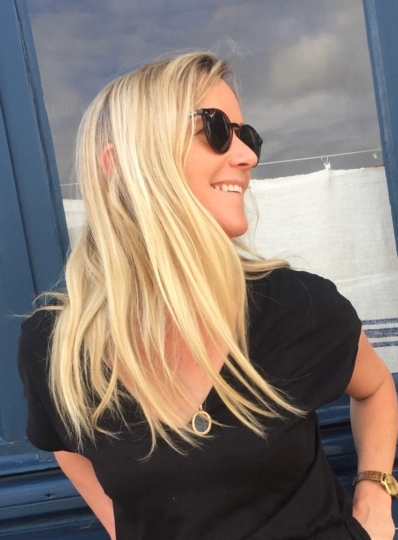
Nicky deBouille
Sawday's Expert
5 min read
Medieval towns, island jaunts, and fishing villages: A regional guide to Brittany
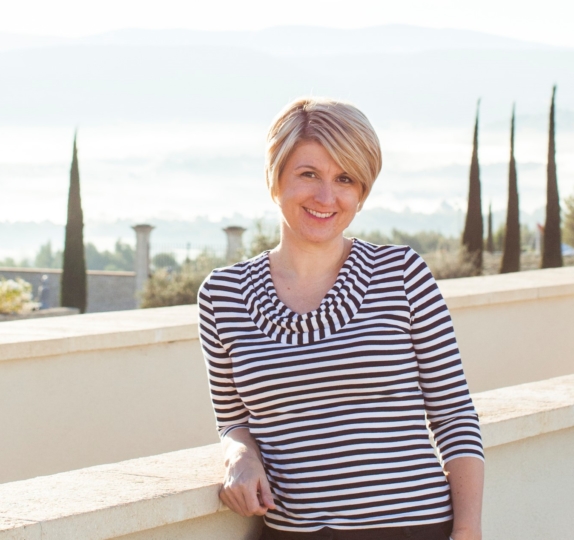
Carolyn Boyd
Guest Expert
5 min read
Oyster markets, coastal walks, and art deco towns: A guide to St Malo and the Emerald Coast

Carolyn Boyd
Guest Expert
5 min read


